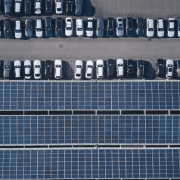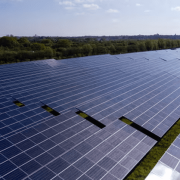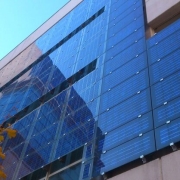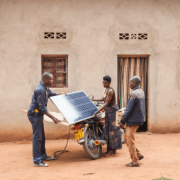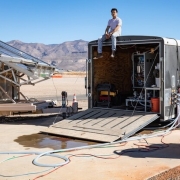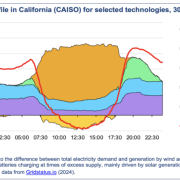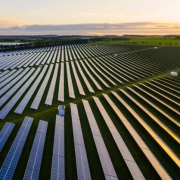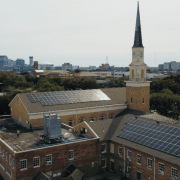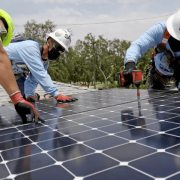By 2025, BMW Group Plants Dingolfing and Regensburg (both in Bavaria, Germany) will obtain electricity from solar panels on their roofs. Dingolfing’s rooftop photo-voltaic system, with a capacity of 11.1 MWp, will be one of the most powerful in Germany.
To achieve this objective, the premium automotive manufacturer is renting roof space at its two plant sites in Eastern Bavaria to Sunrock Holding Deutschland GmbH, which will generate electricity using photovoltaics and make it available to the plants under direct supply contracts from 2025 onward.
Click here to read the full article
Source: New Mobility News
—
If you have any questions or thoughts about the topic, feel free to contact us here or leave a comment below.

